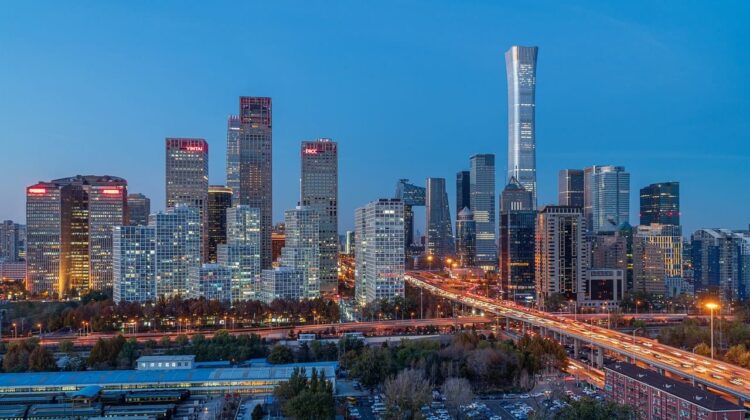
The Great Wall to Modern Skylines: China’s Evolution
In the annals of human civilisation, few nations present a tableau as rich and variegated as China. From the ancient and imposing Great Wall, a symbol of cultural endurance and architectural grandeur, to the glittering skylines of Shanghai and Beijing, the narrative of China is one of profound transformation, marked by both continuity and change. This article delves into this intricate tapestry, tracing the threads of history, economics, and social evolution that have woven the contemporary Chinese landscape.
The story of China’s evolution is one steeped in history, a continuum from the dynastic periods that shaped its early cultural and political framework to the seismic shifts of the 20th and 21st centuries. The Great Wall, a staggering feat of ancient engineering, stands as a testament to China’s historical preoccupation with territorial integrity and defence. But more than a mere bulwark against invasion, the Wall represents the immense organisational capacity and centralised control that have been hallmarks of Chinese governance for millennia.
Moving through the annals of history, the fall of the Qing Dynasty in the early 20th century marked a pivotal moment, ushering in an era of tumult and transformation. The ensuing years saw the birth of the People’s Republic of China in 1949, under the aegis of Mao Zedong. This period was characterised by profound ideological shifts and radical social experiments, including the Great Leap Forward and the Cultural Revolution, which sought to forge a new socio-political paradigm. However, these movements also brought with them significant turmoil and suffering, laying bare the complexities and challenges of rapid modernisation.
The late 20th century heralded a new chapter in China’s odyssey. Under the leadership of Deng Xiaoping, China pivoted towards economic liberalisation, embracing market reforms that would catapult it onto the global stage. This shift, often encapsulated in the maxim “To get rich is glorious”, spurred unprecedented economic growth, turning China into a veritable engine of global capitalism. Cities like Shanghai and Shenzhen transformed from modest urban centres into sprawling metropolises, emblematic of China’s economic might and developmental aspirations.
Yet, this journey has not been without its paradoxes and contradictions. The skyline of modern China, with its towering skyscrapers and futuristic cityscapes, belies underlying tensions between tradition and modernity, centralised control and market freedom, rural hinterlands and urban giants. The rapid urbanisation and industrialisation have brought with them environmental challenges and socio-economic disparities, posing questions about the sustainability and equity of China’s growth model.
Furthermore, China’s rise as a global economic powerhouse has reconfigured international dynamics, engendering both cooperation and competition. Its Belt and Road Initiative, aiming to create a modern Silk Road, encapsulates China’s global aspirations, seeking to extend its economic and political influence across continents. This expansive vision, however, has also sparked concerns and debates about China’s role in global affairs, its commitment to international norms, and the implications of its ascendancy for the existing world order.
In the realm of technology and innovation, China has made significant strides, challenging the dominance of Western tech giants and carving out a space in cutting-edge sectors like artificial intelligence, telecommunications, and green technology. This technological leap forward, while propelling China towards a future of digital sophistication, also raises questions about surveillance, data privacy, and the balance between state security and individual freedoms.
Culturally, China is at a crossroads, grappling with how to reconcile its rich historical heritage with the imperatives of a rapidly changing world. The Chinese government’s efforts to promote a narrative of national rejuvenation often intersect with a globalised youth culture that is simultaneously global and distinctly Chinese. This cultural synthesis, evident in everything from cinema to literature to fashion, reflects the complex identity negotiations of a nation that is both ancient and thoroughly modern.
In conclusion, the journey from the Great Wall to the modern skylines of China is not merely a story of physical transformation but a narrative rich with historical depth, sociopolitical complexity, and global significance. As China continues to navigate its path, balancing the legacies of its past with the possibilities of its future, it remains a compelling, sometimes contentious, and always critical actor on the world stage. The eyes of the world, ever attentive, watch as China writes its next chapter, one that will undoubtedly shape the contours of the 21st century.
Author: Donglu Shih
Expert in Asian culture and economics. She collaborates with major companies in the field of international relations. Collaborates with The Deeping on Asian political topics

